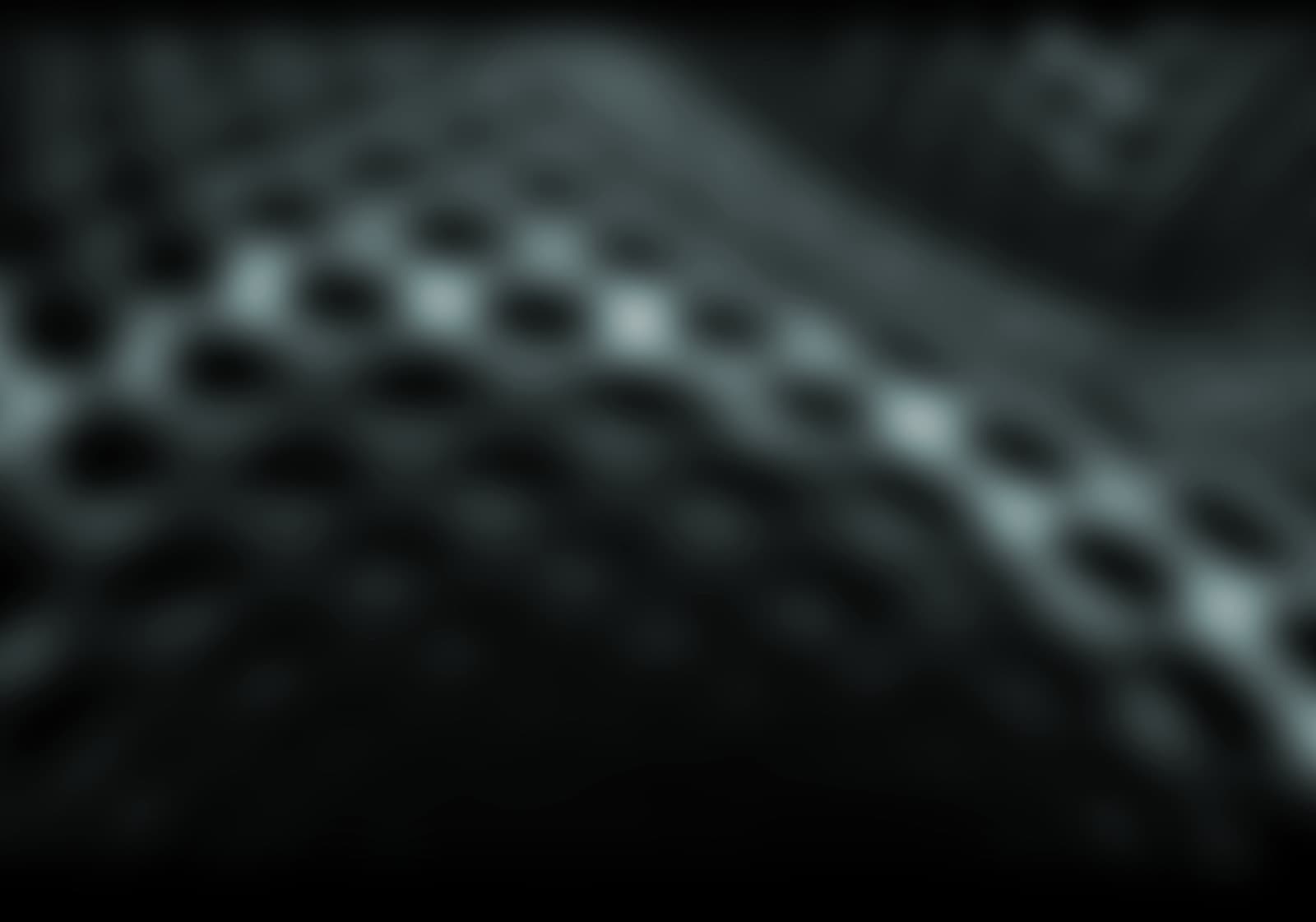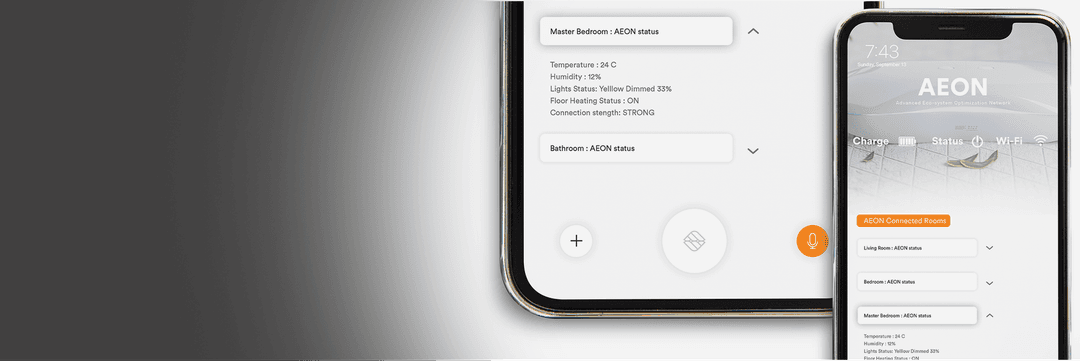
The Art of Visualization: How 3D Rendering Can Elevate Your Product Design
created on 01/08/2025
In the fast-evolving world of product design, innovation and creativity go hand in hand with the tools and technologies that bring ideas to life. Among these tools, 3D rendering has emerged as a game-changer, revolutionizing how products are conceptualized, refined, and presented. Whether you're designing consumer electronics, architectural marvels, or automotive components, 3D rendering offers unparalleled advantages, turning abstract ideas into vivid, tangible visuals.
This article explores the power of 3D rendering, its applications in various industries, and why it's essential for taking your product designs to the next level.
What Is 3D Rendering?
At its core, 3D rendering is the process of creating photorealistic images or animations from 3D models. It simulates how light interacts with objects, producing visuals that mimic real-world appearances. This technology allows designers to showcase every detail of their product, from textures and colors to dimensions and functionality.
Imagine you've designed a new smartwatch. Before manufacturing, 3D rendering can generate stunning images that display its sleek curves, intricate buttons, and even how it looks when worn. This ability to create lifelike visuals empowers designers to communicate ideas effectively and make data-driven decisions during the design process.
Why Use 3D Rendering?
- Realistic Visuals
3D rendering transforms conceptual designs into photorealistic representations, bridging the gap between imagination and reality. These visuals are invaluable for:
Presentations: Communicate design ideas clearly to stakeholders, clients, or investors. Prototyping: Visualize potential flaws or improvements before creating physical prototypes. Customization: Showcase multiple variations of a product, such as different colors or finishes. Example: An automotive company designing a new car model can use 3D rendering to create lifelike images of the vehicle under various lighting conditions, such as daylight or night.
- Marketing Impact
A well-rendered image or animation can captivate audiences, making your product stand out in a crowded market. By integrating 3D rendering into your marketing strategy, you can:
Create dynamic visuals for advertisements, websites, and social media. Produce immersive animations that highlight the product's features and functionality. Offer interactive 3D models that customers can explore online. Fun Fact: Businesses that use 3D rendering for marketing report a 25% increase in customer engagement. High-quality visuals not only attract attention but also build trust by showcasing products in an accurate and appealing manner.
- Improved Prototyping
Prototyping is a critical phase of product development, and 3D rendering enhances this process by enabling visual testing before physical models are created. Benefits include:
Cost Savings: Reduce the need for multiple physical prototypes. Faster Iterations: Make design changes quickly without waiting for new prototypes. Enhanced Accuracy: Identify and address design flaws early.
Case Study: A furniture manufacturer used 3D rendering to visualize a new chair design. By analyzing the render, they discovered a structural issue with the armrests, saving thousands of dollars in production costs.
Applications of 3D Rendering
-
Product Design From gadgets to household appliances, 3D rendering allows designers to explore and perfect their creations. Features like texture mapping and material simulation provide a realistic understanding of how the product will look and feel.
-
Architecture Architects use 3D rendering to create virtual walkthroughs of buildings, enabling clients to experience spaces before construction begins. This helps in making design decisions and gaining approvals faster.
-
Automotive Industry The automotive industry relies heavily on 3D rendering for concept cars, commercials, and even virtual test drives. High-quality renders can simulate materials like leather interiors or metallic paint finishes.
-
Fashion and Apparel Fashion brands use 3D rendering to showcase collections online, often before production. Virtual fitting rooms and interactive models enhance the customer experience.
How 3D Rendering Elevates Product Visualization
Enhanced Communication Complex designs are often difficult to explain with words or 2D sketches. 3D rendering bridges this gap by providing a clear, detailed visual representation that everyone—from engineers to clients—can understand.
Efficient Collaboration When working with teams across different locations, 3D rendering simplifies collaboration. Teams can share designs, gather feedback, and iterate quickly, ensuring everyone stays on the same page.
Sustainability Benefits By reducing the need for physical prototypes, 3D rendering minimizes waste, energy consumption, and material use, aligning with sustainable design practices.
Tools and Software for 3D Rendering
There's no shortage of tools to help you master the art of 3D rendering. Some popular options include:
Blender: A free, open-source tool for creating high-quality renders. KeyShot: Known for its user-friendly interface and realistic lighting effects. Autodesk 3ds Max: A comprehensive software suite for advanced rendering. SolidWorks Visualize: Tailored for engineers, providing seamless integration with CAD models.
Pro Tip: Choose a rendering tool that aligns with your needs and skill level. If you're new to rendering, start with Blender or KeyShot before moving to more advanced tools.
Future Trends in 3D Rendering
As technology evolves, 3D rendering is becoming even more powerful. Here are some trends to watch:
Real-Time Rendering: Tools like Unreal Engine allow for real-time visualization, speeding up the design process and enabling interactive experiences. Virtual Reality (VR) and Augmented Reality (AR): 3D renders integrated with VR and AR offer immersive ways to interact with products, from virtual test drives to virtual fitting rooms. AI-Driven Rendering: Artificial intelligence is streamlining rendering workflows by automating lighting, textures, and optimization tasks.
Key Takeaways
3D rendering is more than just a design tool—it's a strategic asset that empowers businesses to innovate, communicate, and captivate. By leveraging its capabilities, you can:
Bring ideas to life with photorealistic visuals. Enhance your marketing efforts with compelling content. Optimize your design process by identifying and resolving issues early.
Conclusion
The art of visualization through 3D rendering has the potential to transform how products are designed, marketed, and experienced. Whether you're an engineer perfecting a prototype, a marketer crafting a campaign, or a visionary creating the next big thing, 3D rendering provides the tools to elevate your work.
In a world where visuals speak louder than words, mastering the art of 3D rendering isn't just an advantage—it's a necessity. Elevate your product designs today and unlock new possibilities with 3D rendering.
Share this article

Alexandru Ifrim is a visual artist specializing in 3D rendering and animation. With a background in graphic design and digital art, Alexandru brings a unique creative perspective to every project he undertakes. His passion for visual storytelling and attention to detail have made him a sought-after collaborator for businesses seeking to elevate their product designs through stunning visualizations. Alexandru's work combines technical skill with artistic vision, resulting in captivating visuals that bring ideas to life.
Related Articles

From Concept to Creation: A Mechanical Engineer's Roadmap to Successful Product Design

Product Design Essentials: From Problem to Solution and How to Define Product Requirements That Matter

